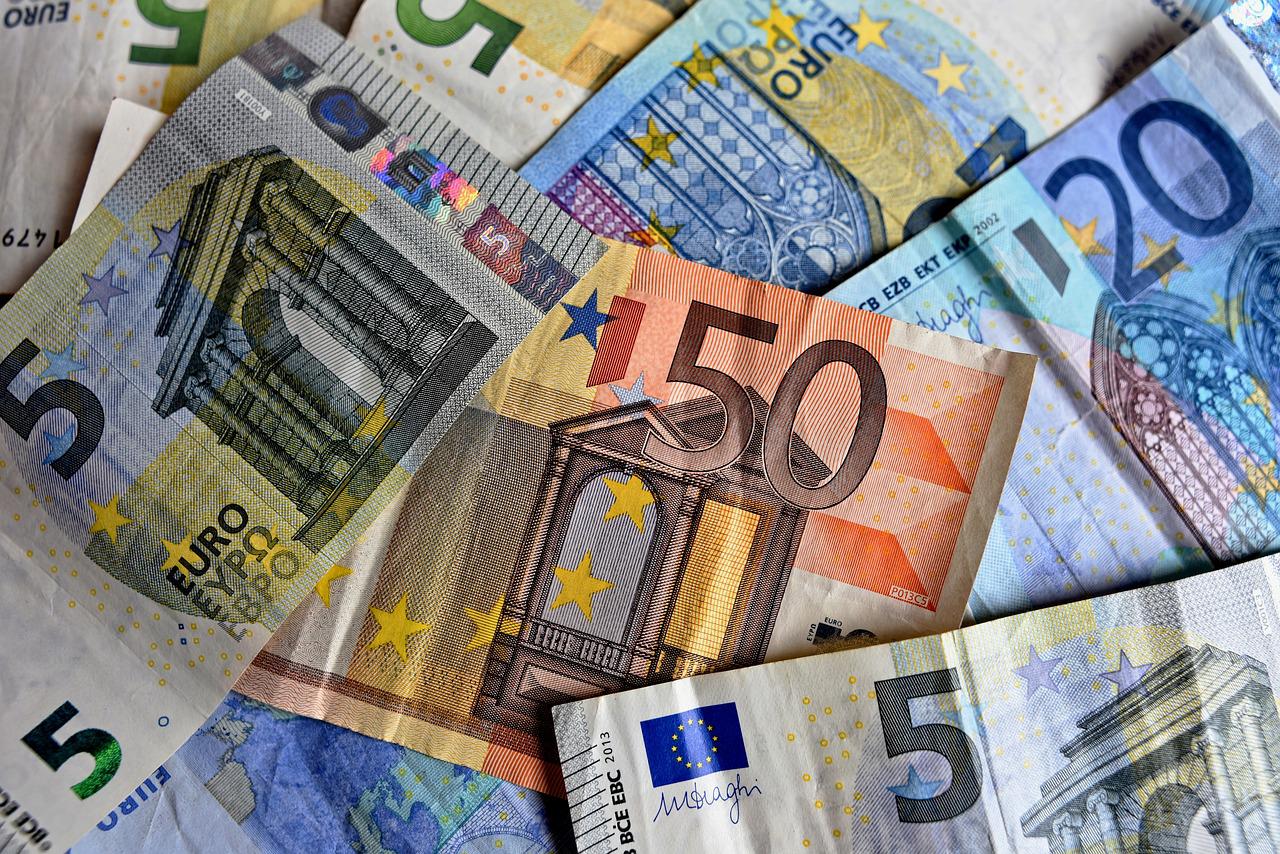On Tuesday, the euro declined to a low of two decades, as it was dealt yet another blow because of renewed worries about an energy crisis keeping inflation elevation.
This would eventually make an economic recession certain in Europe. Meanwhile, there was a drop in the Chinese yuan to a low of two years and the sterling briefly came close to its lowest value since March 2020.
European data
The European business activity data did not turn out to be as bad as had been expected, which helped the euro move away from the low of 20 years of $0.99005, which it had reached earlier in the session.
Nonetheless, data showed that there was a contraction in euro zone activity for the second month in a row in August, which weighed on the euro, as did the bleak outlook.
The currency had dropped 0.15% at 1116 GMT to reach $0.9926 and was below the key level of $1.
Market analysts said that the euro was down because of the renewed worries in Europe, after the increase in gas prices.
On Monday, there was a sharp rise in Dutch and British wholesale gas prices, as markets were on edge over the upcoming maintenance of the main pipeline from Russia to Europe.
Gas supplies
The natural gas supplies from Russia to Europe via the Nord Stream 1 pipeline will be halted at the end of the month for three days, which is the latest reminder of the precarious gas supply of the continent.
Energy supplies have already become strained because of a heat wave on the continent and there are growing worries that business activity could be affected because of a disruption in supply in the winter months.
All of this is taking its toll on the euro, as the single currency has dropped almost 12% so far in 2022 and has lost almost 3% in this month alone.
However, it was unclear as to how much of the euro movements were because of flows and how much was due to thin summer liquidity.
Nonetheless, the increase in gas prices has proven to be bad news for the market as a whole.
Other currencies
After the release of the PMI data, Sterling did manage to regain some ground again, but it was still close to the low of two and a half years that it had reached earlier at $1.1718.
There was not a lot of change in the Japanese yen, as it was 137.42 against the US dollar after it had come down to a low of one month earlier at 137.705.
Likewise, there was also a decline in the risk-sensitive Australian dollar before it recovered to $0.6888. The Chinese yuan also declined to a low of two years at 6.8666 against the US dollar.
This was because the Chinese currency was under pressure after easing from Beijing to give the faltering economy a boost and because of the relentless monetary policy tightening by the US Federal Reserve.

